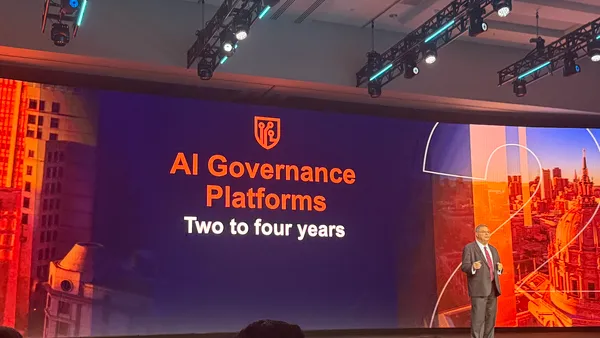When Ally Financial wanted to enhance the way it used data to its advantage, the key change was one of perspective. To borrow a term from supply chain lore, data strategy had to be the first mile — not the last.
"Data strategy is the beginning of your data journey, then you go towards data execution," said Sathish Muthukrishnan, Ally Financial's chief information, data and digital officer, speaking Thursday at the Forbes CIO Next Summit. "What I thought was the last mile problem is actually the first mile problem."
In other words, the critical challenge to address is enabling the organization to use data as a stepping stone to make decisions, improve operations or launch products.
Most organizations struggle with this, as one Coleman Parkes survey found: three-quarters of organizations grapple with data management. Data migration landed too much data at the hands of organizations, surpassing their ability to reap insights from it.
Ally Financial launched three groups within the company to change its outlook on data:
- Product group: The company stood up a product group unaffiliated with a specific function or business to focus on treating data as an asset and launching data products. "Their goal is to deliver use cases that will add value to the bottom line of the company," said Muthukrishnan.
- Data steering group: Ally Financial then set up a group to consume data, helping shape how it is presented and what tools are relevant. "They are actually defining the future of how they will use it, and in a way refining my strategy," he said.
- Data enablement group: Muthukrishnan hired a business data analyst to run this group, whose purpose is to ensure that after data tools are launched internally they track usage.
At your average organization, talent shortages hamper ambitious analytics goals. Over half of data pros say insufficient data workers is a top barrier to the technology’s adoption, Anaconda’s State of Data Science report found.
But leadership, and support from the top, can help.
"I asked my CEO to send a note around how much data has been progressing in certain groups," said Muthukrishnan. "And he used that in his message to the organization."
When the tone is set by leadership, businesses can use data to add value to the company, he said.
"Then it becomes everybody's asset," he said.













